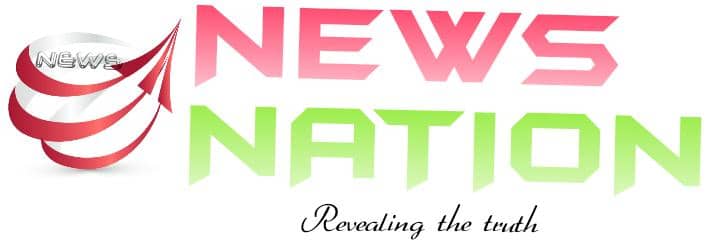Dealing with Head Lice
Dealing with Head Lice
Having head lice can be both distressing and uncomfortable. It's important to recognize that lice can thrive in clean hair, so the presence of lice isn't necessarily linked to poor hair hygiene.
What Are Head Lice?
The origins of head lice are unclear, but they are believed to have existed for a long time. Head lice spread primarily through direct head-to-head contact, but can also be transmitted by sharing combs, towels, pillows, hats, or other headgear with an infested person. These pests are visible and you might feel them moving on your scalp, with their bites causing itching, especially at night or when sweating. Importantly, head lice are not spread by pets.
How to Treat Head Lice
Head lice are small insects that live in the hair on your head, laying eggs at the roots. These eggs hatch and produce more lice quickly. Lice feed on blood from the scalp, causing itching and potential discomfort, which can lead to infections if not addressed.
Who Can Get Infected?
Children are particularly susceptible to lice, especially in school environments. Women who frequent salons are also at risk if they use shared towels or combs.
Treatment Tips:
1. Use a fine-toothed comb to remove lice.
2. Apply over-the-counter treatments, prescribed shampoos, or special hair lotions.
3. Wash your hair with a mint-infused shampoo.
4. After washing, use a hair dryer since lice do not survive in hot environments.
5. Apply olive oil to the hair to potentially suffocate lice and prevent reinfestation.
6. Soak towels, hats, combs, bed linens, and pillows in hot water. Wash bedcovers and dry them in the sun.
7. Continue washing and drying until the infestation is completely resolved.










Post a Comment